Janakpur, 120 kilometres south of Kathmandu and just 20 kilometers from the Indian border, wouldn’t strike most foreign visitors to Nepal as a very appealing place to spend any time. Foreign tourists tend to come to Nepal for the mountains while expats living in the capital tend to prefer the mountains around Kathmandu where the air is a bit fresher, and outdoor activities such as hiking and rafting are easily available. If you’re in Nepal and looking for a taste of North India without having to cross the border, Janakpur is an excellent little town to spend a day, especially if you can tie a trip in with one of Nepal’s major festivals.
Janakpur is religiously important to Hindus, recognized as the place where Lord Rama’s wife Sita (also known as Janaki and hence the town’s name) hung out as a princess. It is a pilgrimage site for Hindus from both Nepal and India, and much of the central area of town caters to Indian tourists, obvious from the number of Indian restaurants and souvenir stands.
The main sight of Janakpur is the ornate Janaki Mandir (temple). It was built in 1911 and is completely unlike anything else in Nepal. Built in a proto-Rajput style, it resembles a Rajasthani palace, of the type found in Udaipur or Jaipur in India, but it isn’t anywhere near as old as them. The priest was welcoming even to a non-Hindu like myself, and sprinkled holy water over me. I rubbed it into my hands, not quite knowing what else to do. Inside the temple precinct is a small museum, which is worth visiting more for its comic than its informative value. In the basement are a few dusty cases of idol clothing, and upstairs is what was described as an “animation”, a series of moving dolls portraying the life of Sita and scenes from the Ramayana.
The Janaki Mandir is worth seeing at any time of year, but makes Janakpur only really worth a trip if you’re passing that way anyway. During the South Asian festival of lights, however, the town is transformed. The festival, commonly known as Diwali around the world, is called Tihar in Kathmandu, where Nepali is the dominant language, and Deepawali in Janakpur itself. This linguistic fact demonstrates this region’s difference from the Nepali culture dominant in Kathmandu. The predominant language in Janakpur is Maithili, Nepal’s second most spoken language with roughly three million speakers. In comparrison, roughly 32 million people speak the language in India.
Immediately on arrival in Janakpur, I felt as though I was in Uttar Pradesh, India’s massive northern state. It was flat, the only way of getting around was by cycle rickshaw – mostly beautifully decorated with variations of the local Mithila folk art – and the people spoke what seemed to me to be Hindi, but which was actually Maithili, closely related.
Diwali/Deepawali/Tihar celebrations are spread out over three main days in Nepal, usually falling in early November. I arrived in Janakpur on day two of festivities, and nothing much seemed to be going on. But by day three the streets began to resemble a lush South Indian backwater town (if you squinted really hard, and hadn’t been to Kerala recently). Thousands of banana palm branches had been cut down and ‘replanted’ outside shops along the main roads. This seemed especially appropriate for a town with a mythical history. If one tried to block the noise of motorised traffic, it may almost be possible to imagine how the subcontinent could have been during the mythological times, lush and green and fecund. During the day a large, busy market was held in the square in front of the Janaki Mandir.
First impressions might have suggested that this was a regular market, because it would have been the ideal location for one, but the wares being sold demonstrated that this was just set up for the day – coloured powders in the brightest imaginable colours for creating rangoli decorations outside homes and businesses, clay lamps, bangles, marigold garlands, coconuts, laddoos, gulab jamun, rasgullah, and other round, syrup-sodden sweets (I love South Asian sweets, but these were unappetizing because swarming with flies), luridly coloured posters of deities, and so on. Throughout the day small lamps—either of the clay or electric variety—were placed carefully around the palm branches along the streets, and after dark these were lit to entice Lakshmi, the goddess of prosperity, into homes and businesses.
Aside from the Janaki Mandir, the other major attraction in Janakpur is the Women’s Development Centre, located about three kilometres outside the centre of town. The Mithila region where Janakpur is situated has rich folk art traditions, done by women. The outsides of mud houses and the ground in front of them are painted with scenes of the Hindu legends, but are temporary because they wash away in the rain. Nowadays the same motifs and colours are used to create a variety of artworks, from paintings on paper and canvas, screen-printed t-shirts and household items, and papier-mache boxes, picture frames and so on. All of these are produced at the Women’s Development Centre, established in 1989 with the help of foreign donors such as Save the Children, and the governments of Australia, Denmark, Japan and Germany.
The rural area around Janakpur is traditionally conservative, with women being expected to stay at home after marriage. The Women’s Development Centre not only provides women a way of making money from their traditional artistic practices, but trains them in literacy and business skills. Unfortunately, the centre was closed for the holiday when I was there, something that I only discovered after hiring a cycle-rickshaw to pedal me there through the countryside. I didn’t get to see the artists in action, but a wide range of Mithila art is available for purchase in Kathmandu, as well as western fair trade shops such as Trade Aid or Oxfam.
The day I left, the day after the Deepawali festivities, the banana leaves were wilting, and Janakpur had gone back to resembling a nondescript, dusty Uttar Pradeshi or Bihari town. But it is more than just once a year that the town is transformed. Being a pilgrimage town, it is worth visiting Janakpur during any major religious festivals, many of which fall around full moons: Parikrama and Holi in February/March, Ram Navami (Lord Rama’s birthday) in March/April, or Biwaha Panchami in November/December.
Practicalities
If you’re in Kathmandu, Janakpur is most conveniently reached by air. Both Buddha Air and Yeti Airlines have a couple of flights a day between Kathmandu and Janakpur, and on a clear day the Himalayan views alone are worth the cost (around $60 one way) and couple of extra hours you’ll be hanging around either Kathmandu or Janakpur airport because of inevitable delays. A bus also plies the route and is practically free (around $6), but takes about ten hours to cover just 120 kilometres, and overnight at that. If you are in other parts of the Nepali Terai (the flat plains bordering India) such as Chitwan, Janakpur can be reached easily by bus. Visitors to Janakpur should take note, however, that the border crossing just a few kilometres away is not open to non-Nepalis or non-Indians, so is not a way to travel between Nepal and India. The hotels in the city aren’t wonderful, but they’re OK, and there are a few of them. The most ubiquitous food in Janakpur is generic North Indian curry, tasty enough but heavy on the salt. The climate is warmer than that of Kathmandu, and temperatures do not drop as drastically overnight, though it is a very North Indian climate so is likely to be unbearably hot in the summer months and cold and foggy in the winter.
Photos courtesy of Elen Turner
Make your next trip the best one.
Departful is a full service travel agency creating truly exceptional travel experiences that are 100% personalized to you. Wherever you’re going, whatever your interests, we help you plan the perfect trip.
Elen Turner
Elen Turner is a Kathmandu-based writer and editor. She hates the question “where are you from?” because she has lived in the UK, Sierra Leone, New Zealand, the Czech Republic, Japan, Australia, and Nepal. She blogs at The Non-Hiker's Guide to Nepal.
More travel inspiration from Departful
1 Comment
Add comment Cancel reply
This site uses Akismet to reduce spam. Learn how your comment data is processed.


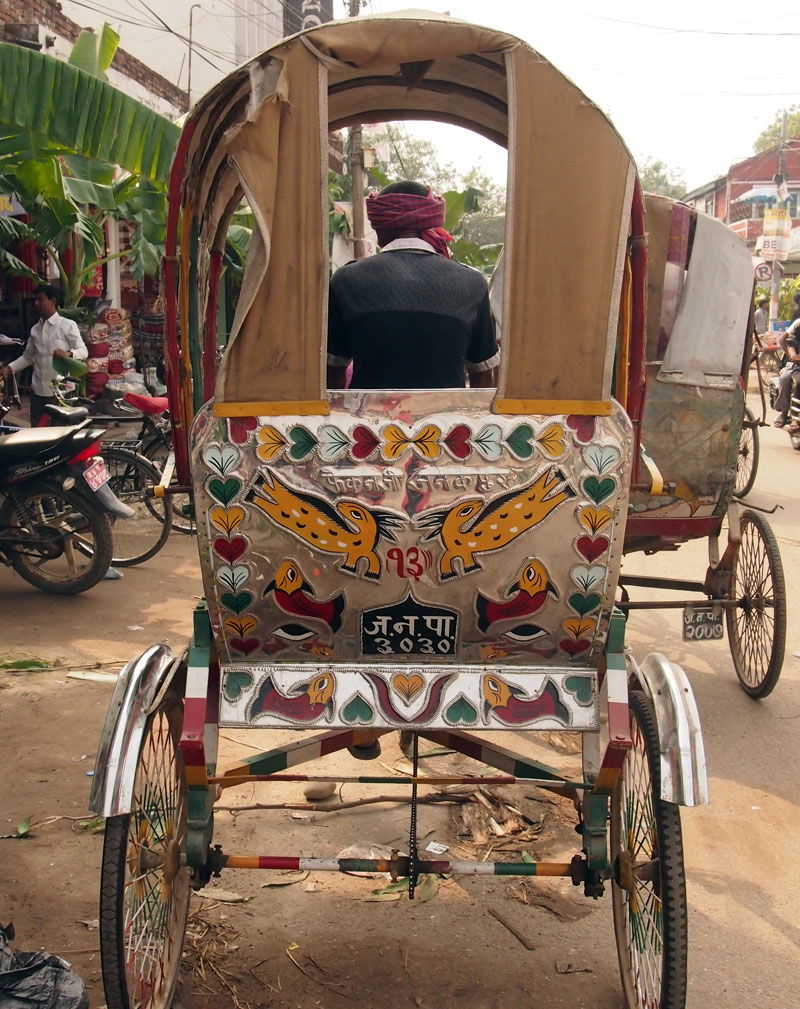
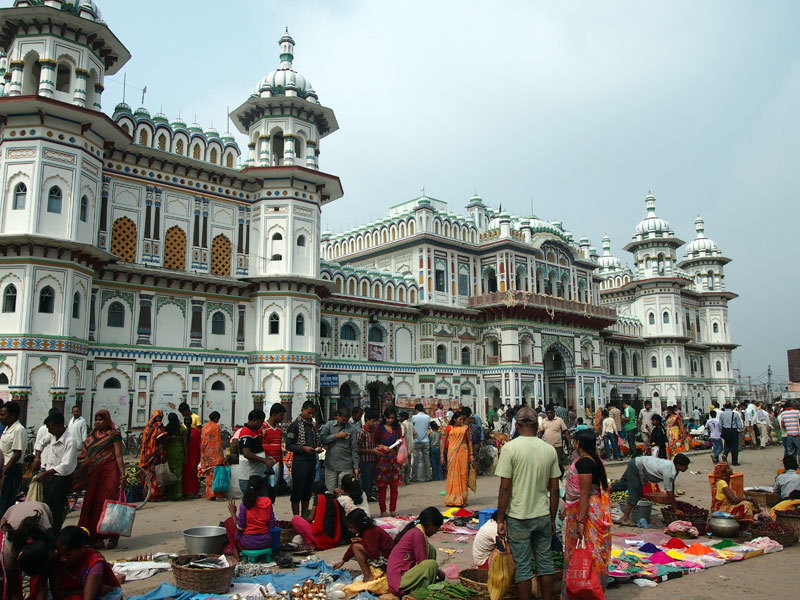
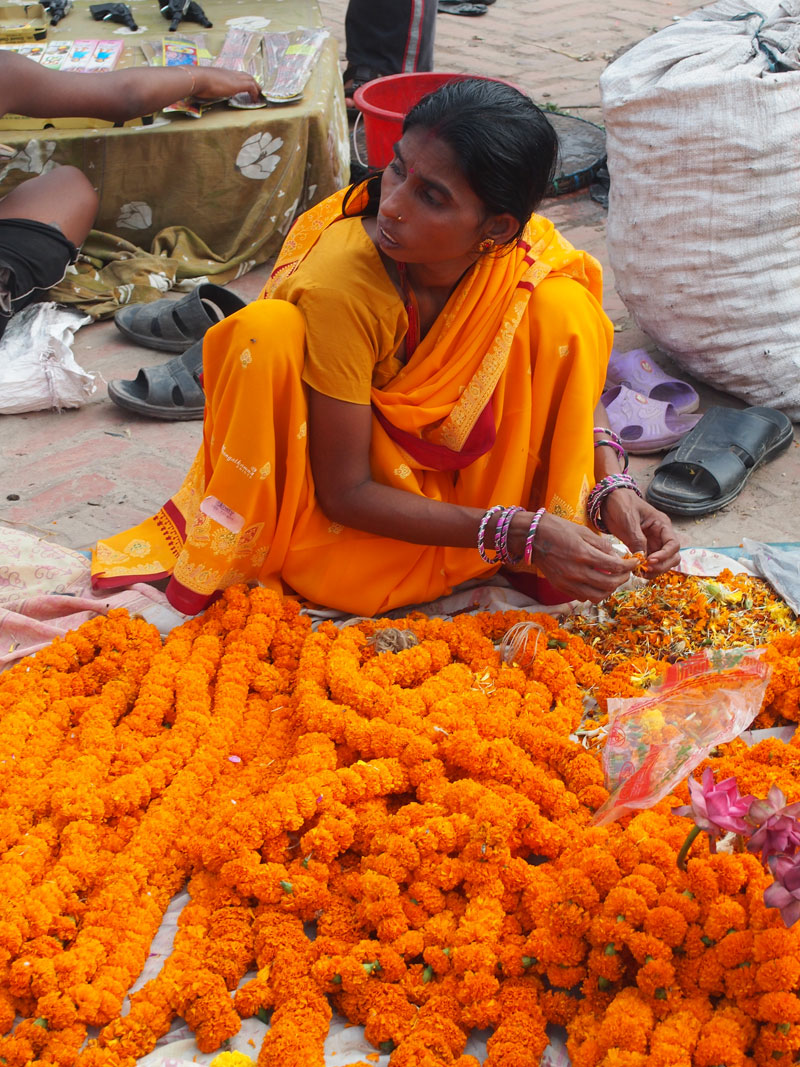
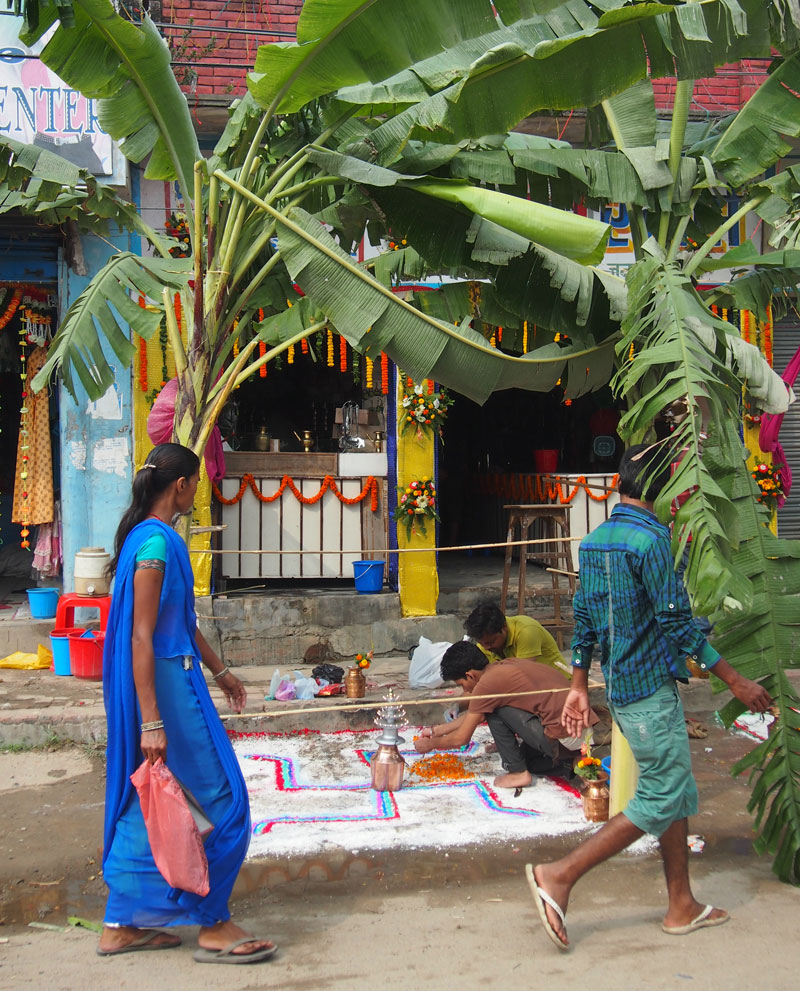
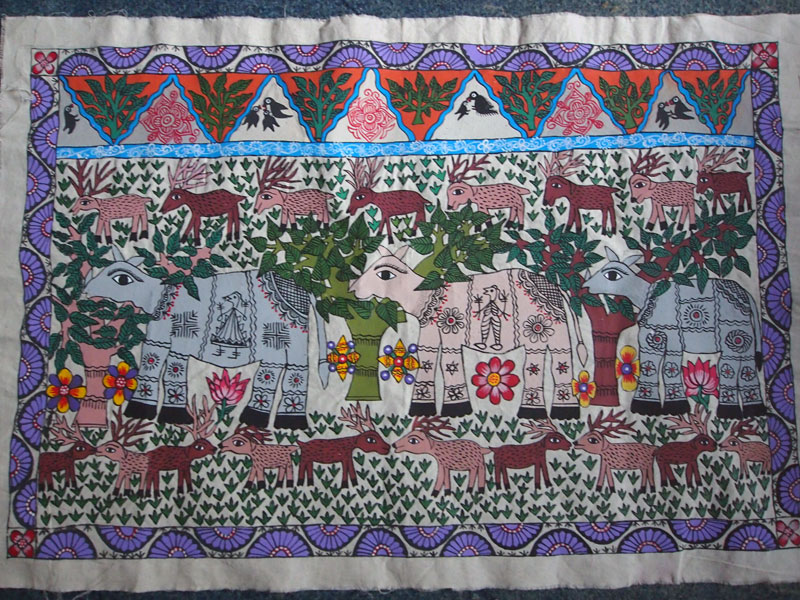
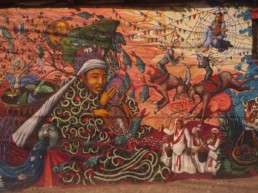

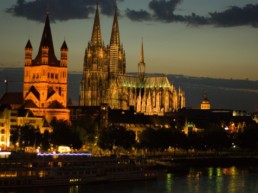
Gorgeous shots, Elen.